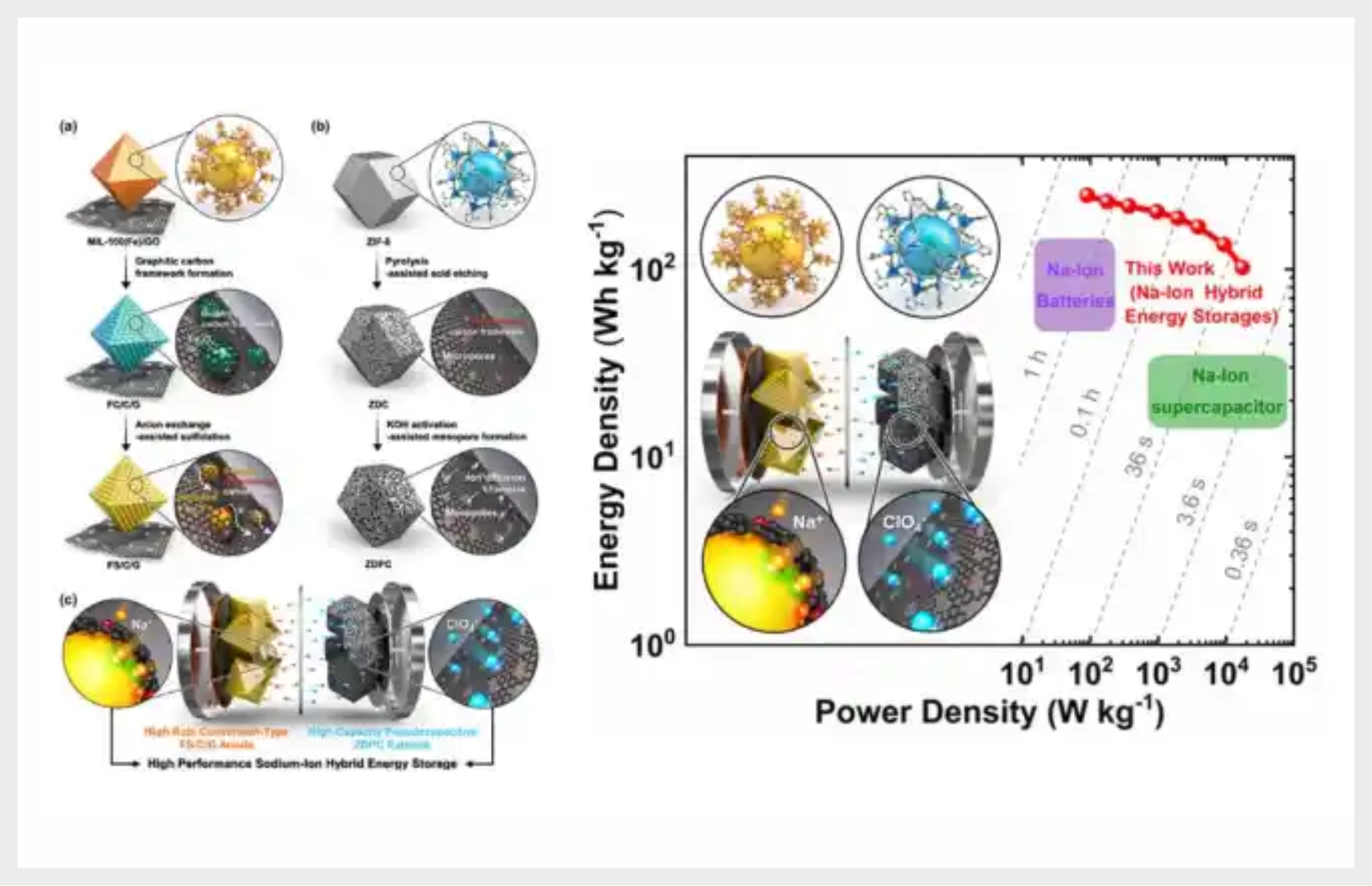In the realm of energy storage, the quest for innovation is relentless. Recently, researchers from the Korea Advanced Institute of Science and Technology (KAIST) have marked a significant milestone with the unveiling of a high-energy, high-power hybrid sodium-ion battery capable of charging in seconds. This breakthrough not only showcases the prowess of scientific ingenuity but also holds the potential to revolutionize the energy storage industry, providing a compelling alternative to conventional lithium-ion batteries.
The abundance of sodium, over 500 times more prevalent than lithium, underscores its appeal as a cheaper and more accessible alternative for battery manufacturing. This inherent advantage not only promises economic benefits but also mitigates concerns surrounding resource scarcity and price volatility, aligning with the principles of sustainability and environmental stewardship.
However, the journey towards sodium-ion batteries has been fraught with challenges. Despite their potential, sodium-ion batteries have historically faced limitations such as lower power output, constrained storage properties, and longer charging times compared to their lithium-ion counterparts. Overcoming these hurdles is imperative for unlocking the full potential of sodium-ion technology and driving its widespread adoption across diverse applications.
At the forefront of this endeavor is KAIST's hybrid sodium-ion battery, a testament to relentless innovation and interdisciplinary collaboration. Spearheaded by Professor Jeung Ku Kang and his team from KAIST's Department of Materials Science and Engineering, this groundbreaking battery amalgamates the strengths of traditional battery anodes with the rapid charge-discharge capabilities of supercapacitor cathodes.
The integration of anode materials typically employed in batteries with cathodes tailored for supercapacitors heralds a new era in energy storage technology. By synergizing these disparate elements, the hybrid sodium-ion battery achieves unprecedented levels of performance, boasting high storage capacities and rapid charge-discharge rates. This transformative approach addresses the fundamental limitations of traditional sodium-ion batteries, heralding a paradigm shift in energy storage capabilities.
Central to the success of KAIST's hybrid battery is a series of key innovations that optimize the synthesis and performance of battery components. Leveraging two distinct metal-organic frameworks for synthesis, researchers have meticulously engineered anode materials with enhanced kinetics and cathode materials with unparalleled capacity. This meticulous attention to detail ensures optimal balance and minimal disparities in energy storage rates between electrodes, culminating in a full cell that surpasses the energy density of commercial lithium-ion batteries.
With an energy density of 247 Wh/kg and a power density of 34,748 W/kg, the hybrid sodium-ion battery stands as a testament to the transformative potential of scientific innovation. Capable of rapid charging and discharging, it promises to revolutionize diverse sectors ranging from consumer electronics to electric vehicles and aerospace technologies. This versatility underscores its significance as a next-generation energy storage solution, poised to meet the evolving demands of a rapidly changing world.
The implications of KAIST's breakthrough extend far beyond the confines of the laboratory, offering a glimpse into a future powered by sustainable and efficient energy storage technologies. By positioning sodium-ion batteries as a viable alternative to lithium-ion counterparts, this innovation paves the way for a more resilient and environmentally conscious energy infrastructure.
However, the journey towards widespread adoption is far from over. Further research and development efforts are essential to scale up and commercialize the technology, ensuring its seamless integration into real-world applications. As the demand for sustainable energy solutions continues to escalate, collaborations between academia, industry, and government entities will be instrumental in driving progress and shaping the future of energy storage technology.
In conclusion, KAIST's pioneering efforts in developing a high-energy hybrid sodium-ion battery represent a triumph of scientific innovation and interdisciplinary collaboration. By pushing the boundaries of what is possible, researchers have unlocked new avenues for sustainable energy storage, offering a glimpse into a future powered by ingenuity and perseverance. As we stand on the cusp of a new era in energy technology, the potential of sodium-ion batteries to reshape the energy landscape cannot be overstated, heralding a brighter and more sustainable future for generations to come.

